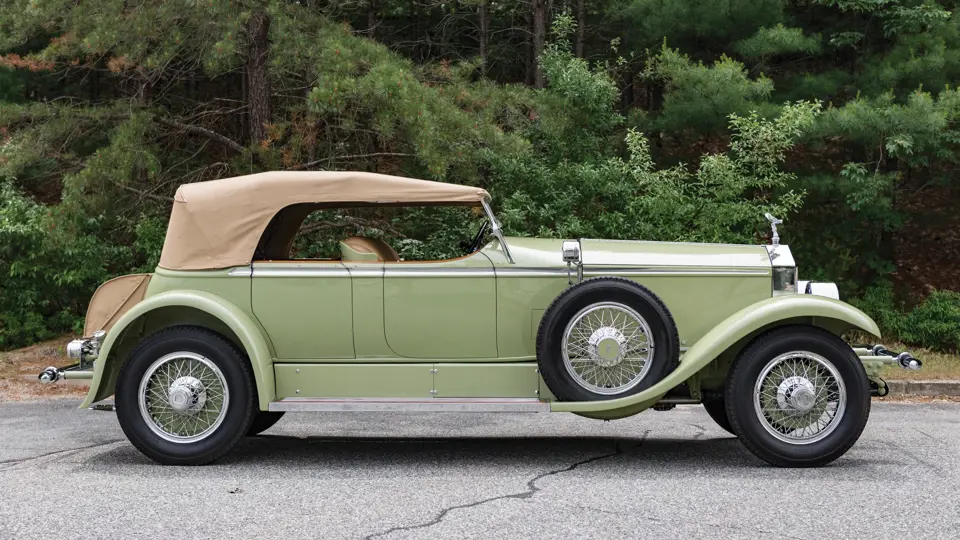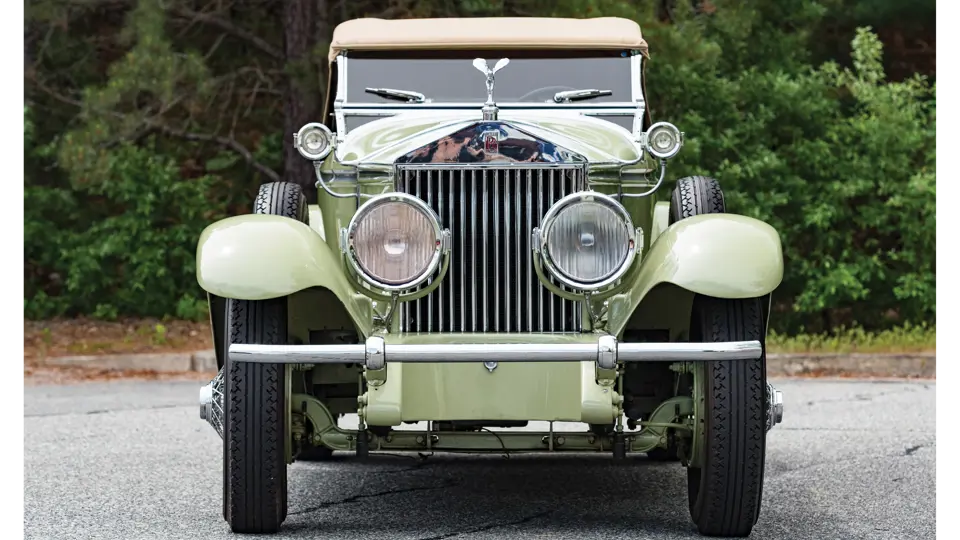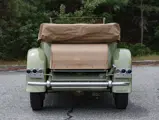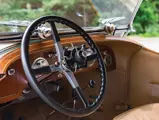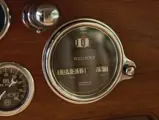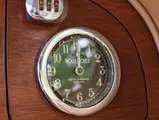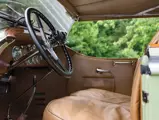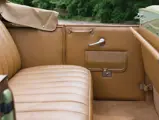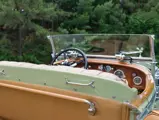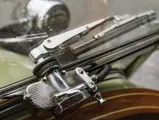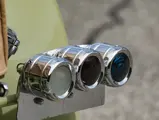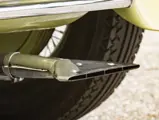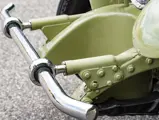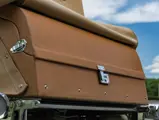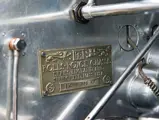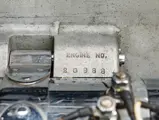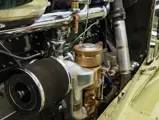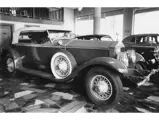
1929 Rolls-Royce Phantom I Ascot Tourer by Brewster
{{lr.item.text}}
$280,000 USD | Sold
{{bidding.lot.reserveStatusFormatted}}
- Among the most desirable open bodies on the Springfield Phantom I chassis
- One of five examples produced with hidden door hinges
- Well-known history, including 35 years in the Dieter Holterbosch Collection
- Well-maintained and beautiful older restoration
- Classic Car Club of America (CCCA) Full Classic
Few of the bodies fitted to the “Springfield” Rolls-Royce Phantom I were more attractive than the Ascot Tourer, a handsome five-passenger open model with refined styling, including artfully flowing fenders, a nearly horizontal concave polished beltline, and a raked one-piece windshield. Reportedly only the first five Ascot bodies were fitted with hidden door hinges, and examination of the records in Rolls-Royce in America indicates most were used as “demonstrators,” test-driven by prospective customers at Rolls-Royce dealers. This is indicative of the draw that Rolls-Royce management felt they had in the new Ascot.
Ascot Tourer no. S398KP, offered here, was built to the most desirable specification, with sleek hidden door hinges, as well as a sporty, low-slung top of the same design as the Derby model; it was also originally equipped with chrome-plated finishes, including wheels, as were in use by this time. The car was delivered on 12 April 1929 to M.G. Patton, the Rolls-Royce dealer in Pittsburgh, and was a “demonstrator” for its first five months. Finally, on 27 September it was sold to its first private owner, J. Paul Butler, a 25-year-old sportsman residing in the Squirrel Hill area of Pittsburgh, Pennsylvania.
It subsequently passed to Marty Whalen, a well-known New York furniture dealer and business figure of the period, who sold it in 1937. Later owners were the noted modern architect Stamo Papadaki of Washington, Connecticut, who listed it with the RROC beginning in 1952, and later, Fred Wilsea of New Preston, Connecticut.
In 1977 the Ascot was acquired by H. Dieter Holterbosch, the American importer for Lowenbrau beer and a noted automobile enthusiast, in whose collection it shared space with the likes of Duesenberg, Hispano-Suiza, and Ferrari. During Mr. Holterbosch’s ownership, the Rolls was restored in these elegant period-correct colors by Crosthwaite & Gardiner. It would remain in his care for 33 years and during that time was used for family weddings. The restoration has held up well, and its undercarriage appears clean and virtually as-restored.
No collection of significant pre-war classics is complete without a Springfield Rolls-Royce, and few are more graceful and important than an Ascot Tourer with hidden door hinges and the Derby top—the same superb specifications of the example offered here. It is truly a connoisseur’s prize.
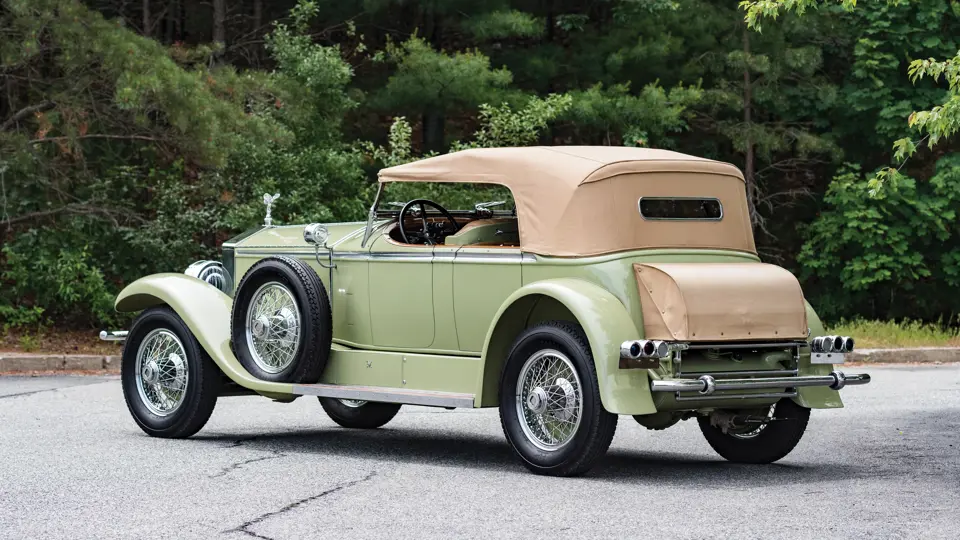



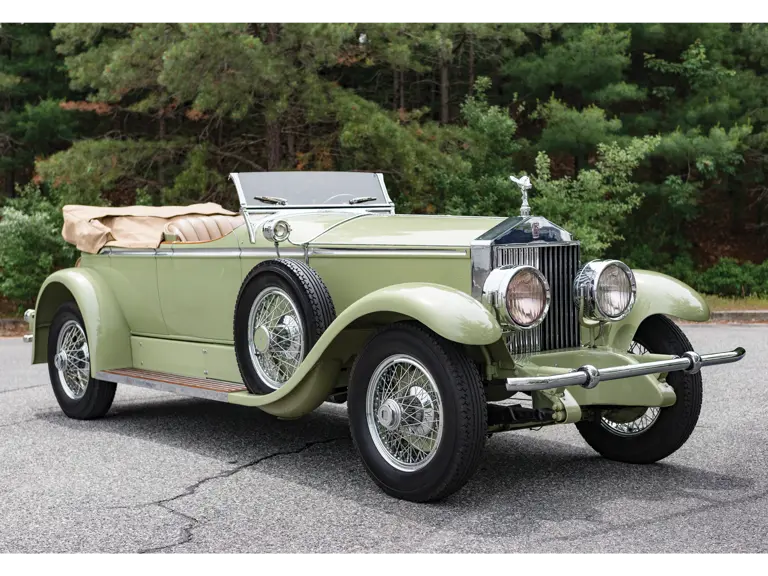
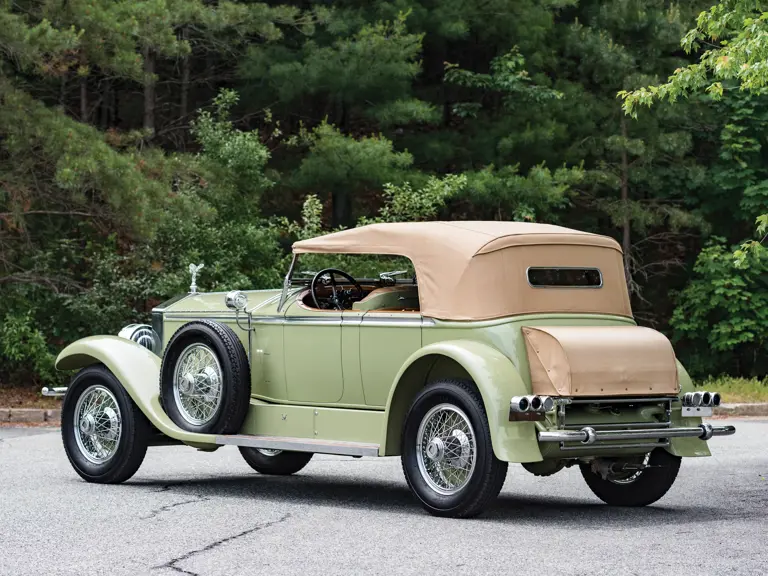

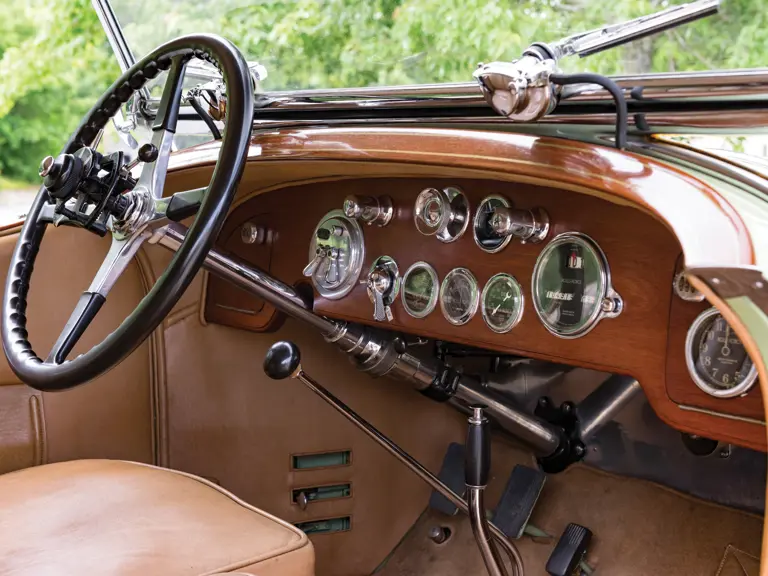
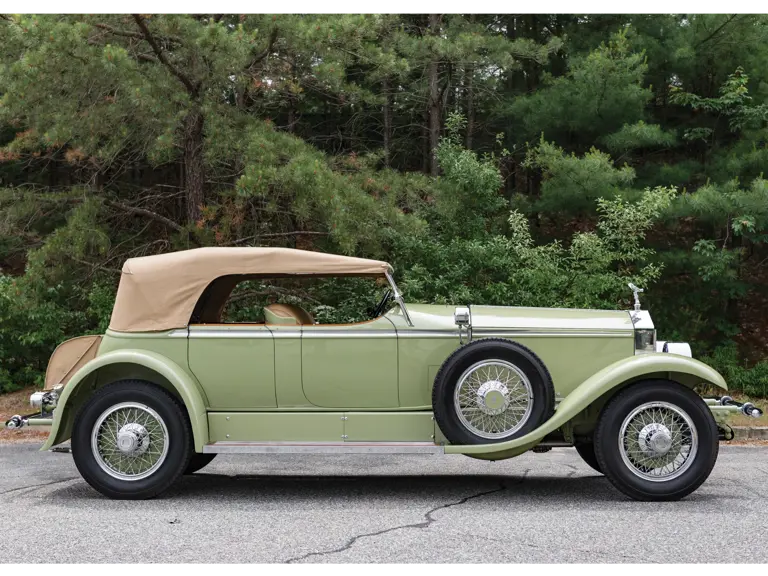

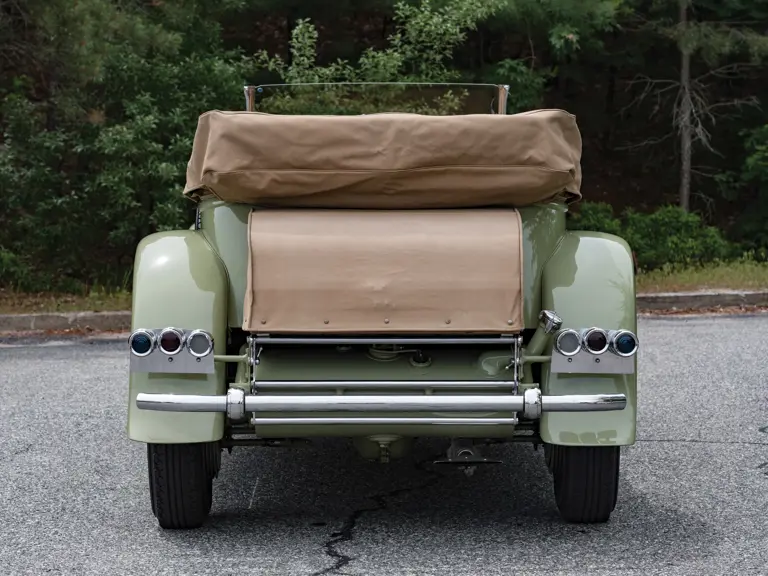
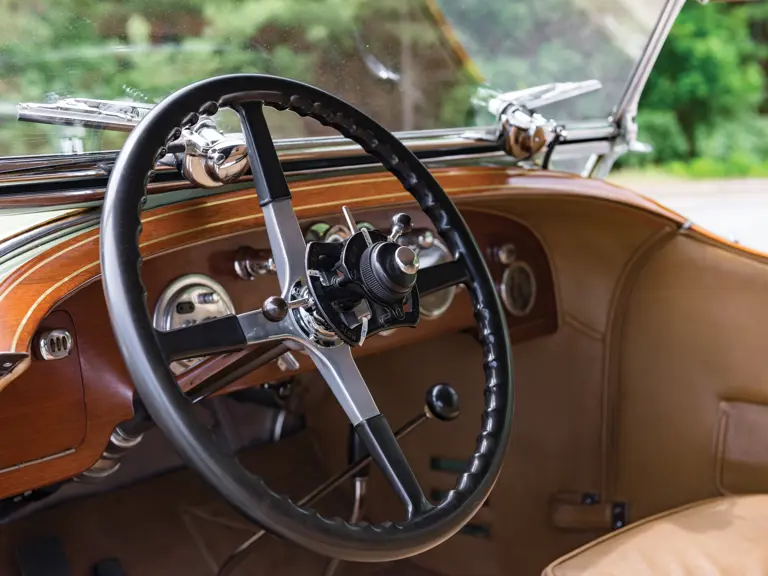

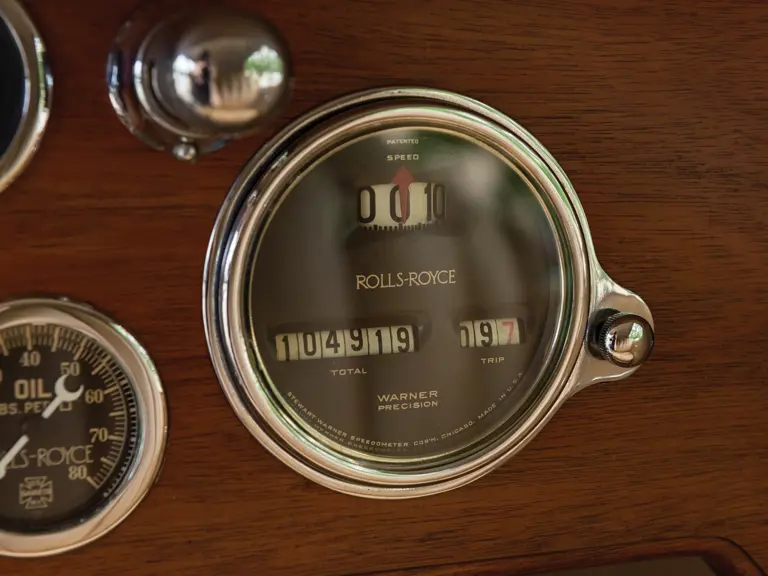
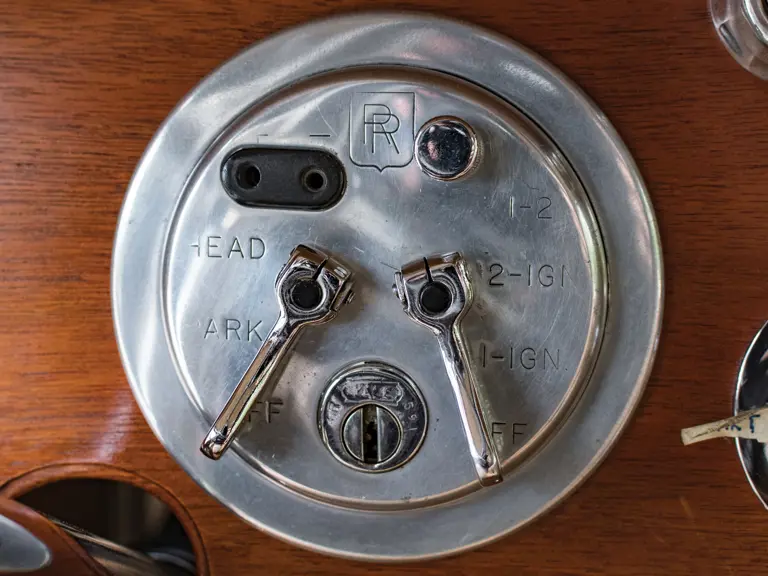

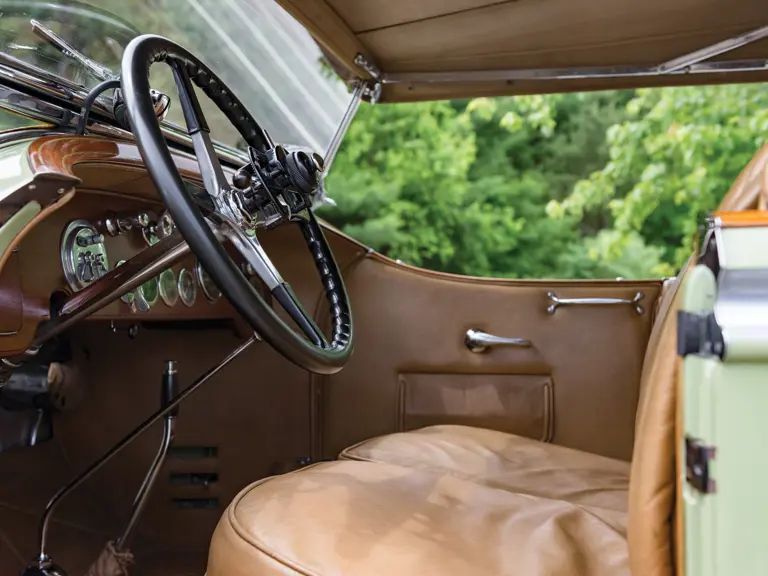
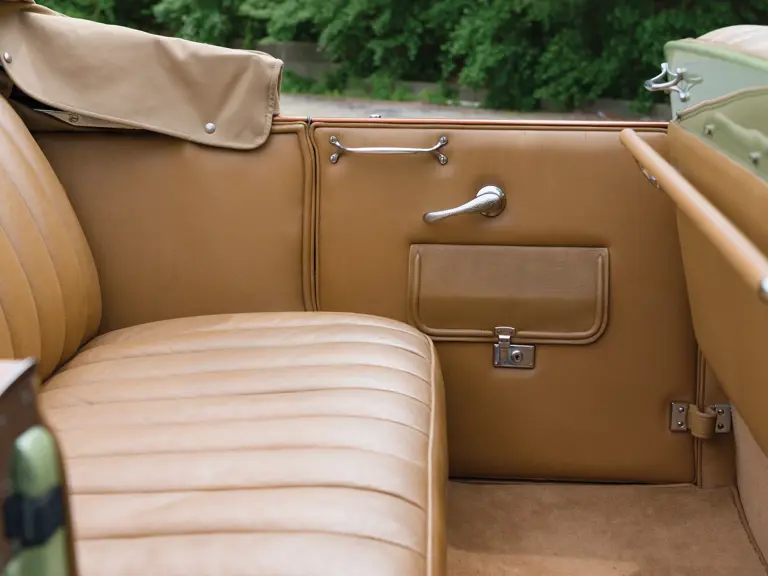

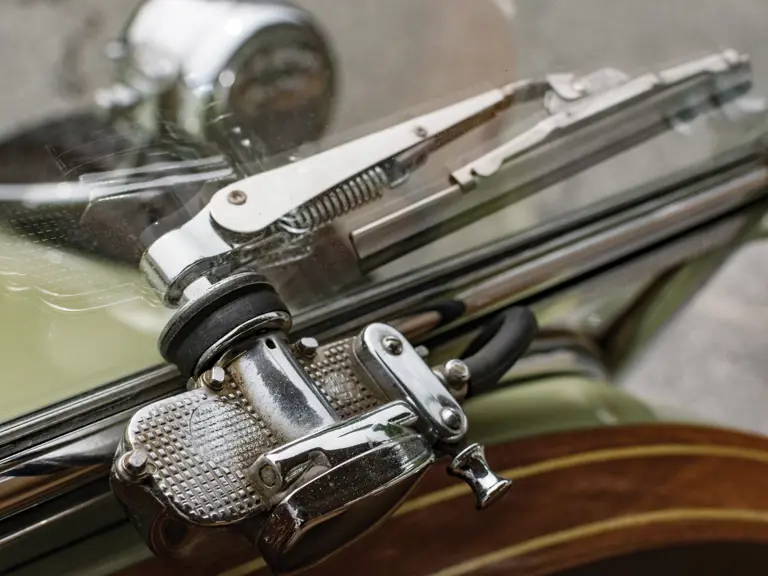
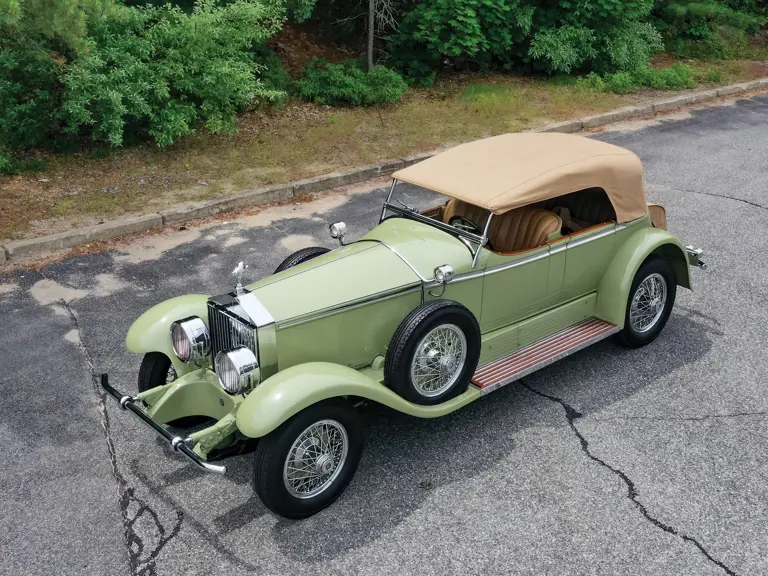

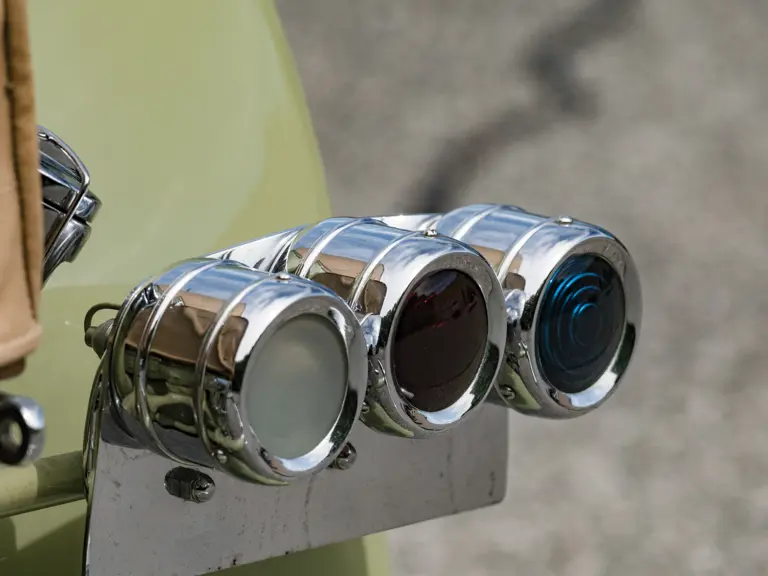
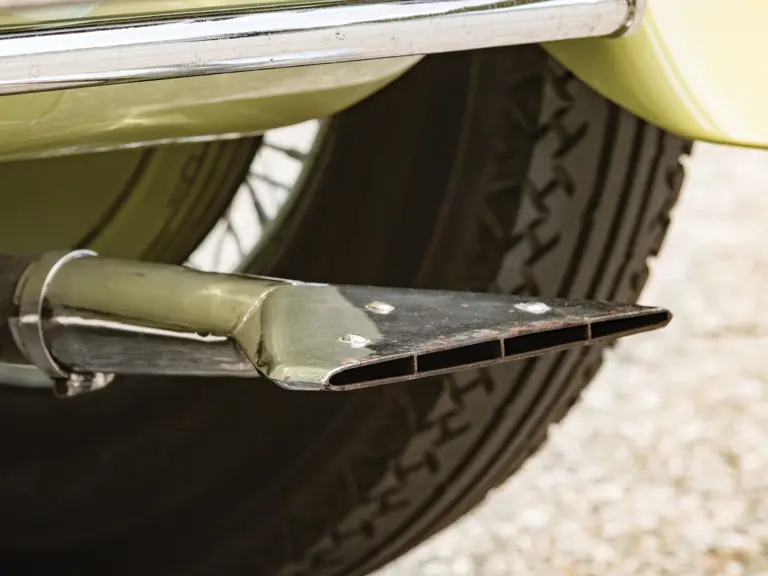
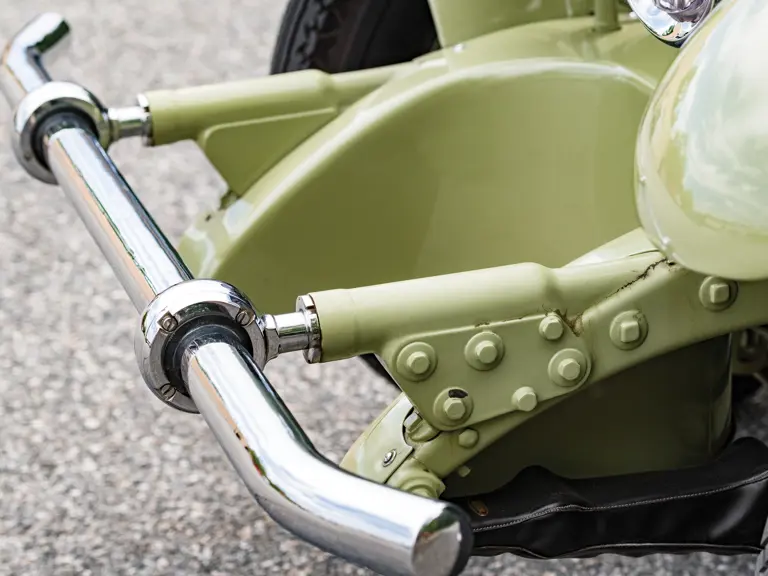
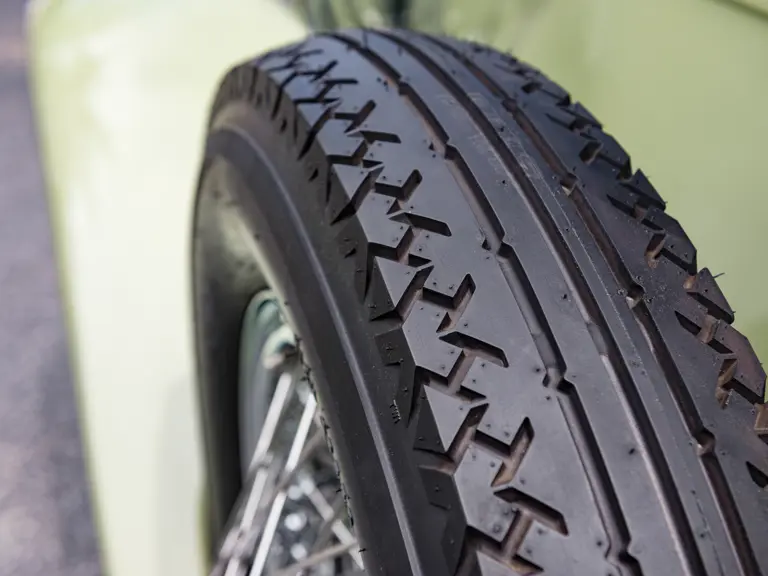
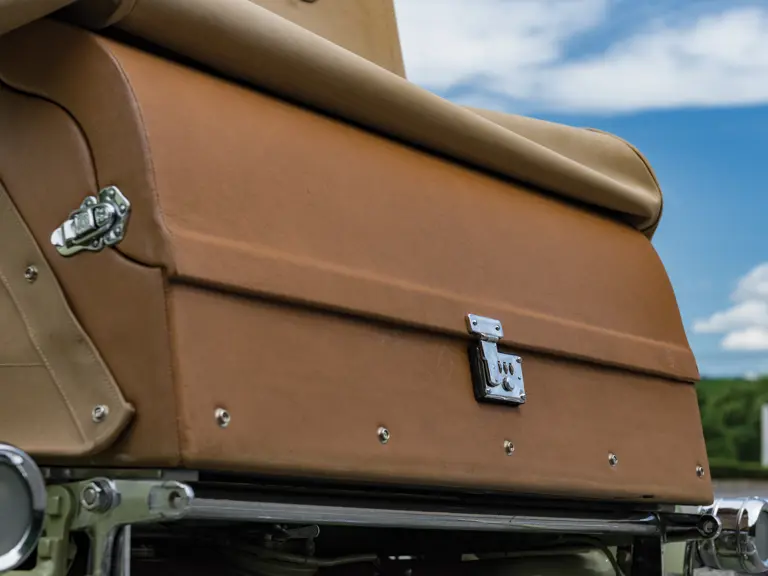
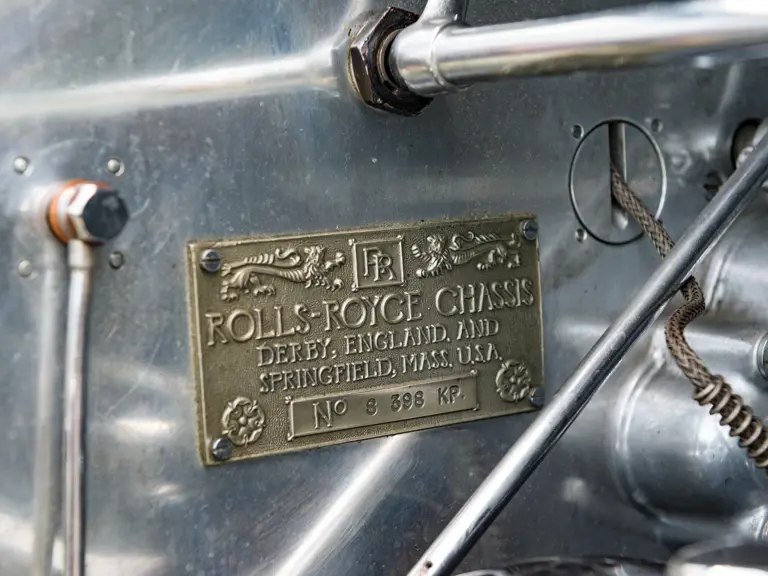
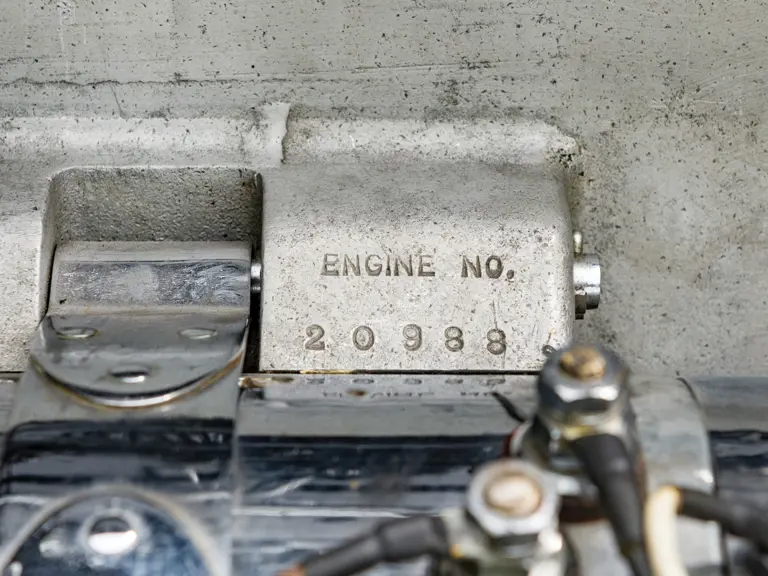
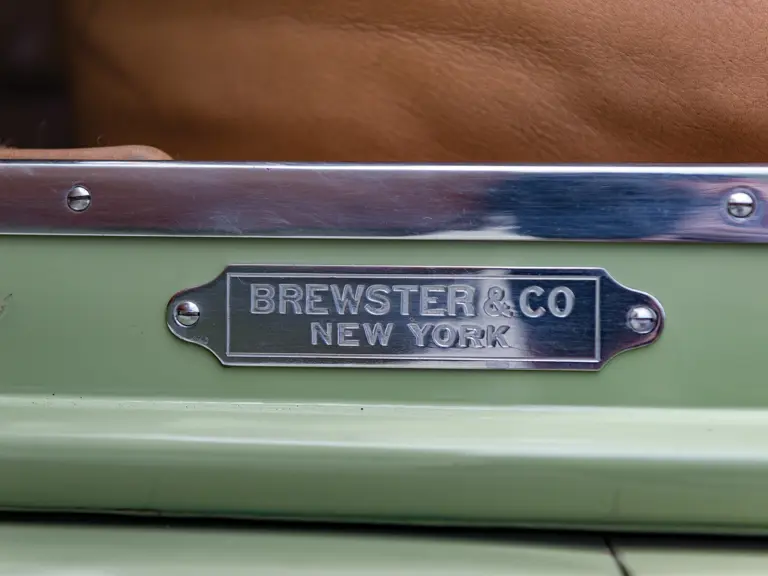

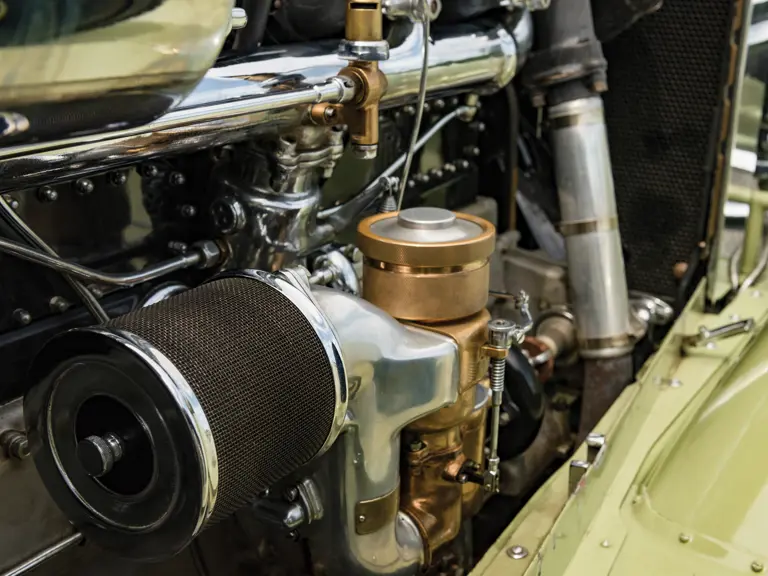

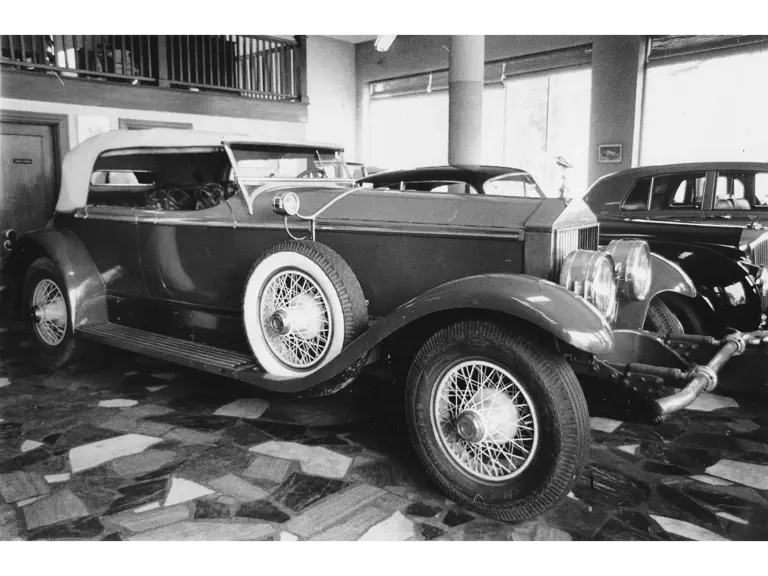
 | Monterey, California
| Monterey, California
